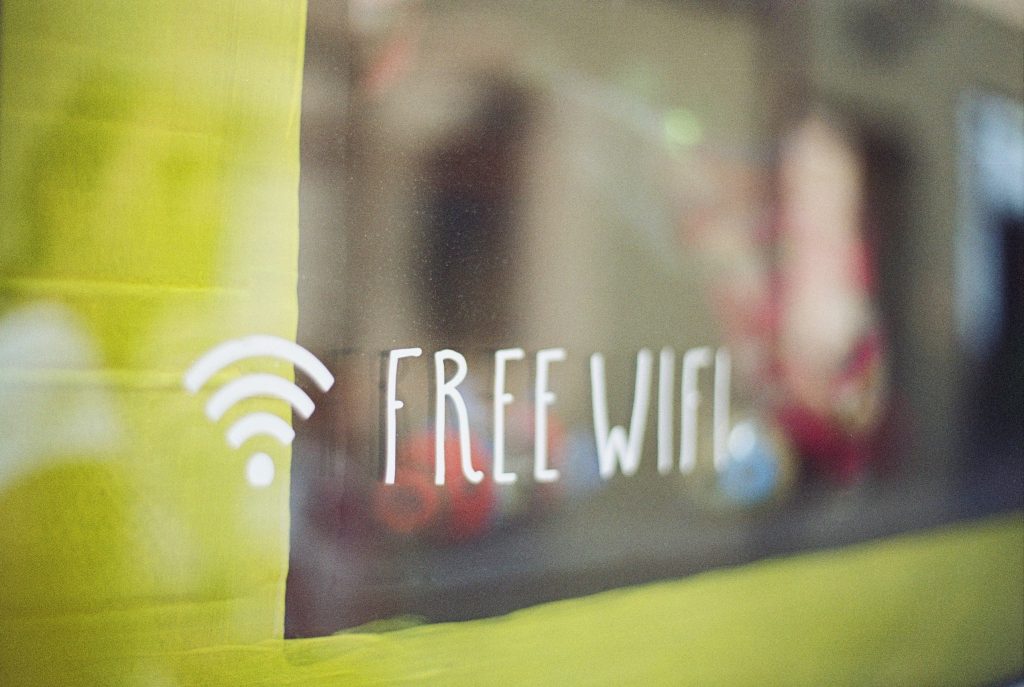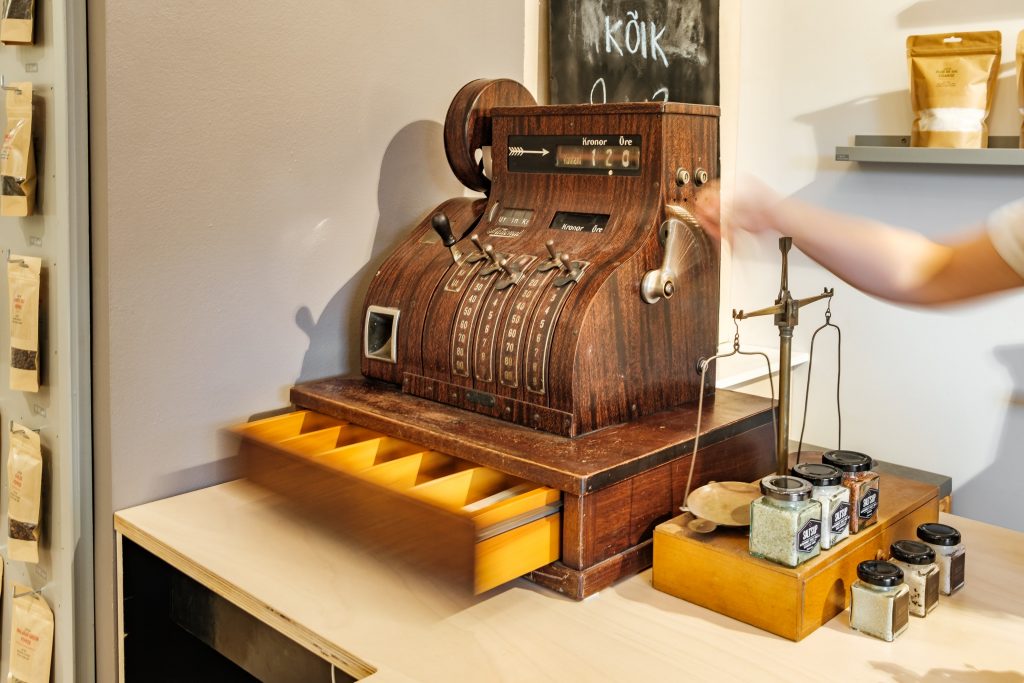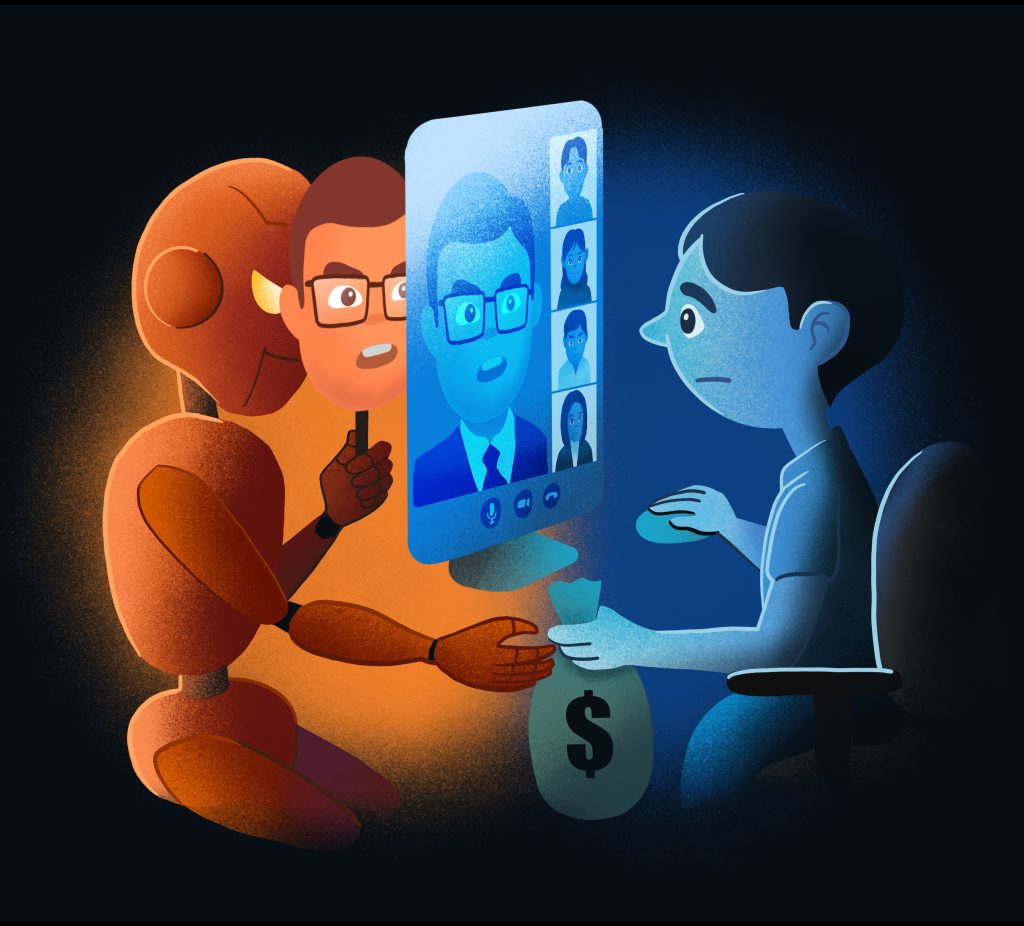No. 1: The first Google server was made partially of Lego
Google’s two founders, Larry Page and Sergey Brin, built a disk box to contain their storage server as part of the Stanford Digital Library project, a research program at Stanford University from the mid-1990s to 2004. Incidentally, the Digital Library project later developed into the Google search engine.
Source: https://en.wikipedia.org/wiki/Stanford_Digital_Library_Project

No. 2: In the 1960s, you had to use snail mail to use a computer
We kid you not. We know computers in the 60s were huge, clunky monsters. And yes, we know they were in no way mobile. But get this—to use information stored inside a computer, people either had to travel to the site of the computer or have magnetic computer tapes sent through conventional snail mail (!!!)
Source: https://www.usg.edu/galileo/skills/unit07/internet07_02.phtml

No. 3: The world’s first online community existed way earlier than you think
The first ever online community was formed in the mid-1960s. It was the result of an experiment in personal computing at MIT, called Project MAC, led by psychologist and general brilliant computer person J. C. R Licklider. The personal computer was still a dream at the time (even the cheapest versions cost hundreds of thousands of dollars) but what Project MAC did was distribute dozens of remote terminals around the MIT campus and in people’s homes. A large central machine would deliver small bits of processing time very quickly, so users got the feeling of the terminal responding to them one to one, in real time.
By the mid-1960s, hundreds of people were experiencing interactive computing, and they had also formed the world’s first online community. It included email, online bulletin boards, freeware exchange and yes, hackers.

No. 4: The term ‘wifi’ was created by a marketing company and means absolutely nothing
In the 1990s, the Institute of Electrical and Electronics Engineers (IEEE) created the 802.11 standard, the technology we know as wifi today. Through the 1990s, this groundbreaking technology remained a hallowed, nameless thing. Actually, it was called ‘IEEE 802.11b Direct Sequence’ by the members of the Wi-Fi Alliance (a trade association formed around 1999, that held control of this technology’s trademark). The folks in the association realised they needed a much catchier name for the technology for it to appeal to human beings and become a household name. To make this happen, they engaged a marketing company called Interbrand. The name ‘wifi’ was one of 10 options the company proposed.
While a number of people believe the term ‘wifi’ means ‘wireless fidelity’, the Wi-Fi Alliance have confirmed that the name has no meaning whatsoever.
Sources: https://www.newscientist.com/question/what-does-wi-fi-stand-for/
https://www.redbookmag.com/life/g29523223/insane-internet-facts/?slide=6

No. 5: Cash registers have a lot to do with the birth of the internet
In the late 1980s, a company that started out as a cash register company, NCR Corporation (formerly National Cash Register Co.), and AT&T, which started as a phone company, got together and the precedent of wifi was born. They were trying to find a way for their cash registers to work wirelessly. Even though they were becoming more like computers, cash registers back then were still linked to cables. The objective was to develop an international wireless standard that could be used by any computer. In 1990, they came up with WaveLAN, which led the way to the development of that thing we love called ‘wifi’.
Sources: https://www.newscientist.com/question/what-does-wi-fi-stand-for/
https://bits-chips.nl/artikel/wavelan-the-tech-that-brought-wi-fi-to-the-world/




